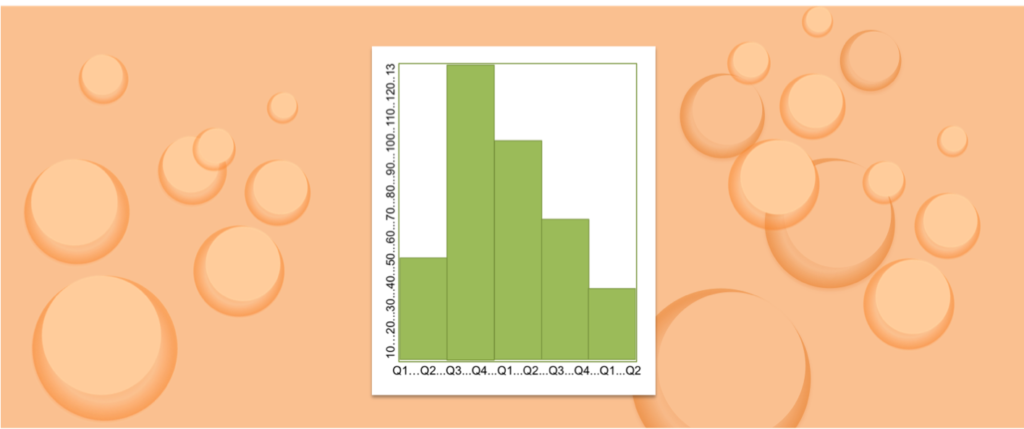Do you know the cardinal rule of marketing? It’s simple: “Know Thy Customer.” In this article, we explore the simple and effective strategy called RFM analysis to improve customer engagement and increase sales.
Businesses with effective marketing strategies take the time to study their customers to target their needs with refinement. Doing so helps them identify and focus on their best customers, the ones that will be good for business in the long run. It also helps them identify those customers that you don’t want to have.
There are a number of ways to achieve this, but one of the simplest and most useful additions to your marketing process is RFM analysis.
Define RFM Analysis
The acronym is short for Recency, Frequency and Monetary value. It looks at your customer’s typical buying behavior and analyzes it based on a simple scoring system.
Let’s very briefly define each element of RFM:
Recency
The idea here is that a customer who has recently purchased something from you is more likely to purchase again than someone who hasn’t visited you for a while. “Strike while the iron is hot!”
Being able to identify “fresh” customers is useful. You can use targeted messages, like introductory offers and even simply share some information about who you are and what you’re offering. Customers who haven’t interacted for some time might respond better to a different message: “We noticed you haven’t visited us for a while…”
Frequency
In the same way, customers who are frequent shoppers are statistically more likely to buy than customers who buy rarely. Frequent customers are scored higher on the RFM scale.
Monetary Value
You want to target the customers who spend more over time, or the ones who buy your product at a higher value. The more money a customer spends, the higher the RFM score.
The data used to score customers comes from your sales history. Your customer’s most recent purchase date, the number of transactions over a given time, and the total value of those purchases are factored in. Individuals are then ranked, based on the weighting rules you’ve specified and are segmented, accordingly.
RFM scoring makes an ideal starting point for deeper customer profiling and segmentation. It helps us better predict typical customer behavior.
To illustrate: You can select your top 10 RFM scores and then investigate what makes those clients different from the others. You can then use the information you gather to tweak or even reinvent your marketing content to target customers on a granular level.
What’s more is that you can also combine this information with details about which products your customers are buying, or about their demographics. Doing so will help you understand them better, and, therefore, create more targeted engagement better.
If that makes good sense to your business, why not give it a try?

